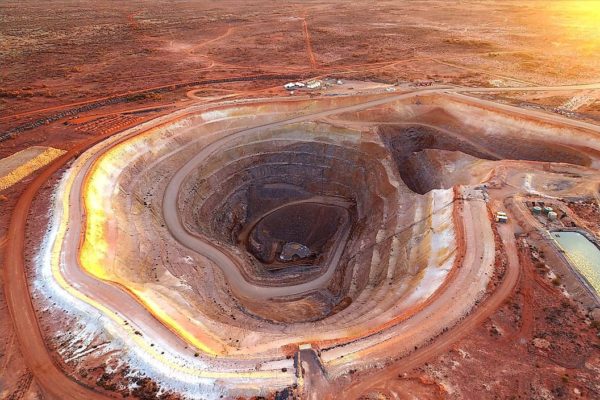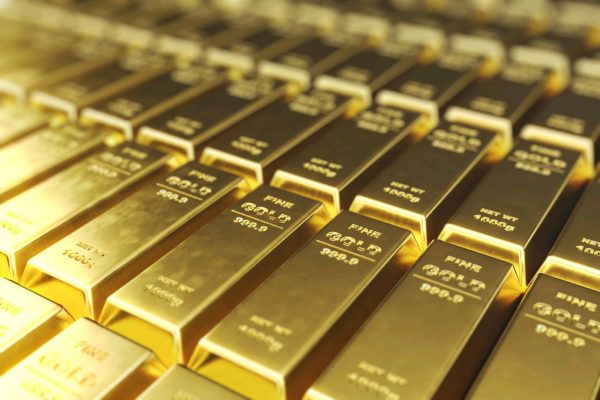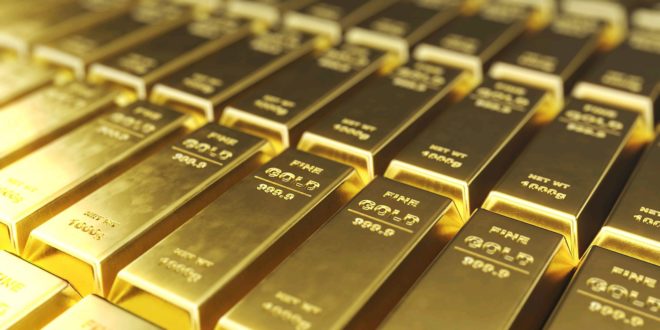Jump To
Given that it only makes up 0.001 to 0.006 parts per million of the earth’s crust, gold is one of the world’s rarest elements. About 3,000 metric tons of gold were produced globally in 2021. China is the largest producer of gold in the world. China’s production has increased from 320 metric tons in 2009 to 370 metric tons in 2021. The top five nations in the world for gold production are listed below.
1. China – 370 metric tons
China has been the top producer for many years, with around 11% of the world’s mine production of gold. However, China’s gold production decreased from about 400 tons the previous year, marking the third year in a row that a fall in production was recorded. The government’s stricter environmental regulations are mostly considered to be the driving factor for this downward trend. Most of China’s gold mines are in Shandong Province, which is halfway between Beijing and Shanghai. The China National Gold Group controls around one-fifth of the output.
2. Australia – 330 metric tons

Since the late 1800s, gold has been a major export for Australia, which is believed to have 17% of the world’s estimated total gold reserves. It has been the world’s second-largest producer of gold for the past decade, right behind China, and its resistance to the pandemic has allowed it to keep up regular production. Some impacts from the pandemic were, of course, unavoidable, and GlobalData figures show that Australian gold production grew slightly in 2020 compared to 2019. But quick border closures, limitations, and the federal government designating the nation’s mines as an essential industry all helped Australia’s mining industry remain open and largely stable.
2. Russia – 300 metric tons
It is hardly surprising that Russia would be dripping with gold, given that it makes up roughly 1/6 of the planet’s area. A staggering 83 percent of the gold consumed in Europe originates from Russia, whose production has risen steadily since 2010. In addition, Russia is the world’s largest producer of diamonds with the largest reserves, and it has the second-largest reserves of platinum, fourth-largest reserves of silver, and fourth-largest reserves of rare earth elements.
Due to the harsh international sanctions imposed on Russia because of the conflict in Ukraine, the Kremlin is seeking alternative means of protecting its money. In the upcoming years, Russia wants to enhance domestic gold mining significantly. This will be accomplished by developing new gold mines and accelerating the growth of current gold mines. A few years ago, however, only a small percentage of the gold produced in Russia was exported since the Bank of Russia bought the majority of the domestic gold. The trend has now changed, and in 2020, the majority of the gold produced in Russia was exported.
3. United States – 180 metric tons

Since 1799, when the yellow metal was found in the state of North Carolina, gold has been mined in the United States. The majority of the gold produced in the US today is taken out of Nevada’s huge open-pit heap-leach mines. The rest comes from a number of placer and lode mines in Alaska and the western states. Three of the top ten gold mines in the world and seven of the top ten US locations are located in Nevada, the leading gold-mining state in the US. According to the USGS, there are still roughly 18,000 tons of unknown gold in the country. Another 15,000 tons have been found but have not been extracted.
5. Canada – 170 metric tons
In the Eastern Townships of Quebec, close to the Rivière Chaudière, gold was first found in Canada in the 1820s. Ontario, notably the Red Lake gold mine in the province, provides the majority of the gold in Canada. Nine provinces and territories, including the westernmost British Columbia, the northernmost Nunavut, and the easternmost island of Newfoundland, all have active gold mines. Canada is currently the fifth-largest producer of gold in the world, and gold explorations are being conducted in all provinces and territories.
Along with government bonds, gold is one of the most important reserve assets globally since it bears no credit or counterparty concerns and functions as a source of trust in a nation and all economic circumstances.

 HEROESNEWSGH The Biggest Gh News Platform
HEROESNEWSGH The Biggest Gh News Platform




